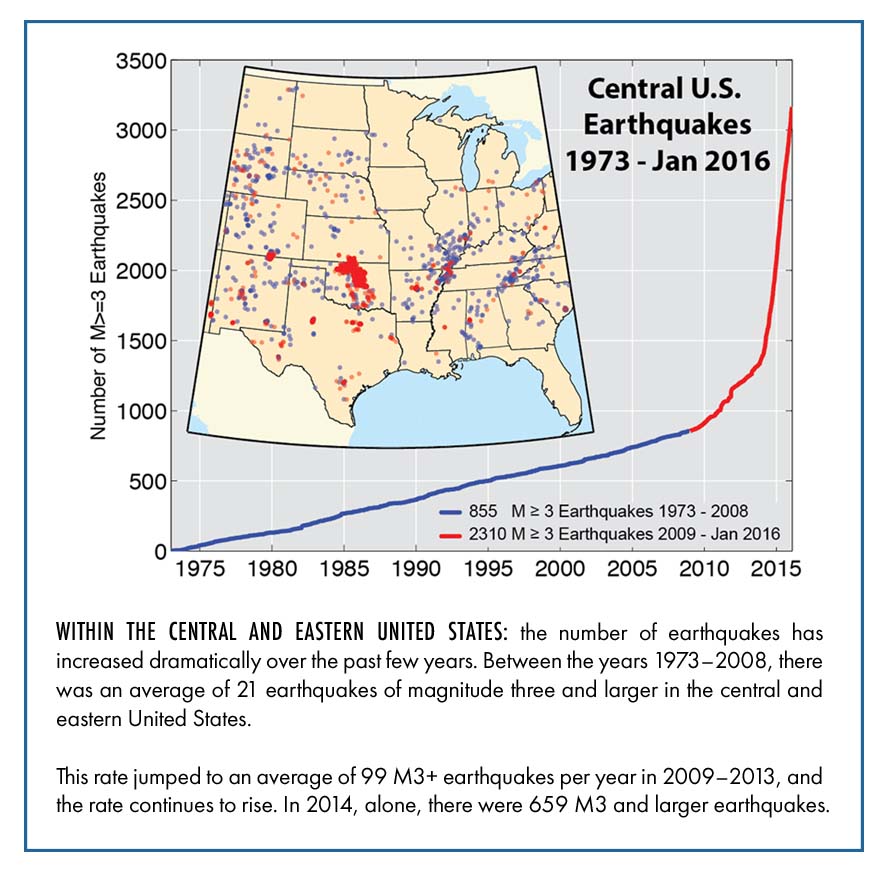Following a catastrophic event such as a major earthquake or other disaster, the public turns to its hospitals for emergency care; however, if these critical buildings have been so damaged that they cannot function, it leaves the public even more vulnerable.
In 1971, a magnitude 6.5 earthquake hit California’s San Fernando Valley, resulting in 65 deaths, most of which occurred due to the collapse of two area hospitals. As a direct result of the devastation, California legislators passed the Alfred E. Alquist Hospital Seismic Safety Act in 1973, requiring hospitals to be designed and constructed to withstand a major earthquake and remain operational immediately after the quake.
NOT JUST CALIFORNIA
While California is one of the first states that comes to mind when thinking about earthquakes, seismic activity of magnitude 3 and larger in the central and eastern U.S. has increased 160% between 1973 and 2014.  Building codes are now being more closely scrutinized to ensure updated seismic specifications in areas experiencing increased risk.
Building codes are now being more closely scrutinized to ensure updated seismic specifications in areas experiencing increased risk.
CHOOSING THE RIGHT SEISMIC MRI SUITE DESIGN
Many MRI suite designs do not address seismic requirements because the majority of at-risk sites used to be located in limited geographical areas. Today, it is critical that everyone involved understand how to mitigate earthquake hazards when designing and building MRI suites.
ADDITIONAL BENEFITS
Hospitals designed to withstand major earthquakes are also more likely to withstand bombings or other types of attacks. So, as hospitals rebuild or redesign, they need to ensure their shielding company understands the varying MRI suite construction options for the facilities location and relative risk. Engaging an experienced professional ensures the MRI facility will operate safely and consistently after a destructive event.
A SMART SOLUTION FOR SEISMIC MRI COMPLIANCE
IMEDCO America has been on the forefront of helping facilities meet the criteria for seismic compliance in MRI suites. Unique to IMEDCO is a self-supported design that is less expensive than traditional structurally attached construction – and reduces acoustic impact on adjacent areas.
IMEDCO has completed installations up and down the West Coast, as well as in the areas experiencing increased risk for earthquakes in Missouri, Kentucky, and North Carolina.
IMEDCO is proud to partner with hospitals to comply with these strict, yet necessary, codes. For more information on our seismic self-supported shield designs, contact us today.


